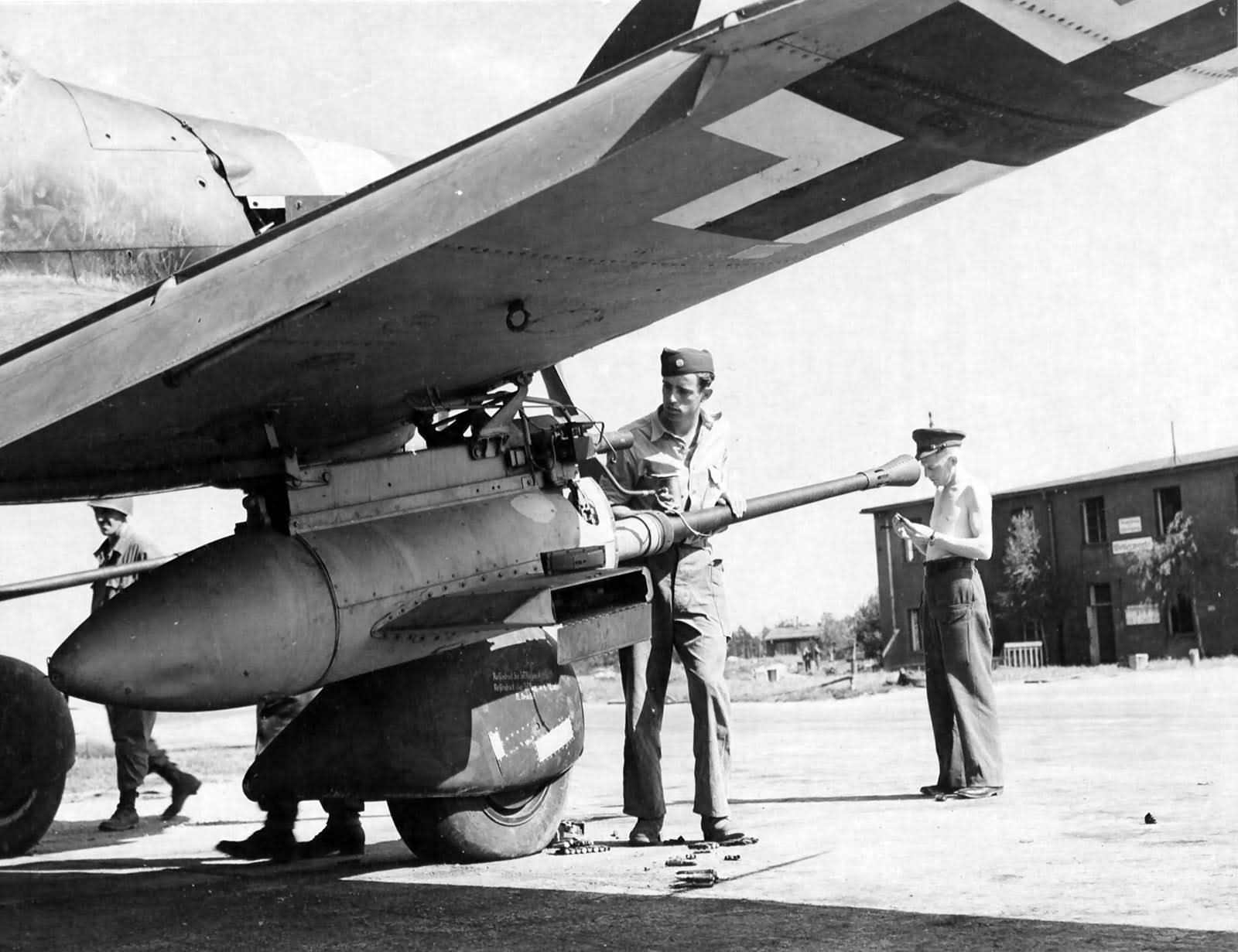


The cockpit was surrounded by an armor plated "bathtub" of triangular shape, resulting in the fuselage's distinctive appearance, and bullet resistant window panels of nearly three inch thickness. Nicholaus' design stressed pilot survivability. The Henschel Hs-129 was developed by engineer Friedrich Nicholaus in response to a 1937 request by the German Air Ministry for a small, heavily armored ground attack/support aircraft equipped with a minimum of two 20 mm cannon and two rifle caliber machine guns. It will have to wait till I get my reference book. This thing reminds me of a prehistoric A-10 Warthog.Īs of this moment I don't know the exact desert paint scheme I will be using. Today I went to my local Hobby Shop and surprisingly I found exactly what I was looking for, and on top of that they also had the Edwards PE kit for this model. At any rate, unless you are confident that you have control of the air, keep it closer to your side of the front and be ready to evacuate it at a moment's notice while deploying your own fighters to chase the enemy away.Well after some heavy contemplation I've decided on my next build.

It's not designed for dogfights and relatively slow, allowing enemy dogfighters to run it down with relative ease.

The B-3 was the most effective variant produced, mounting a fully automatic 75mm PaK 40 in the ventral gun pod. The pair of counter-rotating engines were also armored and provided an excellent, stable platform for tank-busting weaponry. The cramped cockpit was almost impossible to move in, with some of the instruments and the gunsight mounted outside the canopy. It was built with survivability in mind, with the entire nose area enclosed in steel armored plating, angled to increase effective protection from anti-aircraft fire. The Henschel Hs 129 was the result of this program, created after three years of experimentation and iteration. The concept of a dedicated ground-attack aircraft, once balked at, was vindicated by the Kondor Legion and its use of the Henschel Hs 123 against Republican targets, spurring the development of dedicated aircraft. The experiences of the Spanish Civil War were instrumental in the development of the precepts of modern warfare in Nazi Germany and aviation was no exception.


 0 kommentar(er)
0 kommentar(er)
